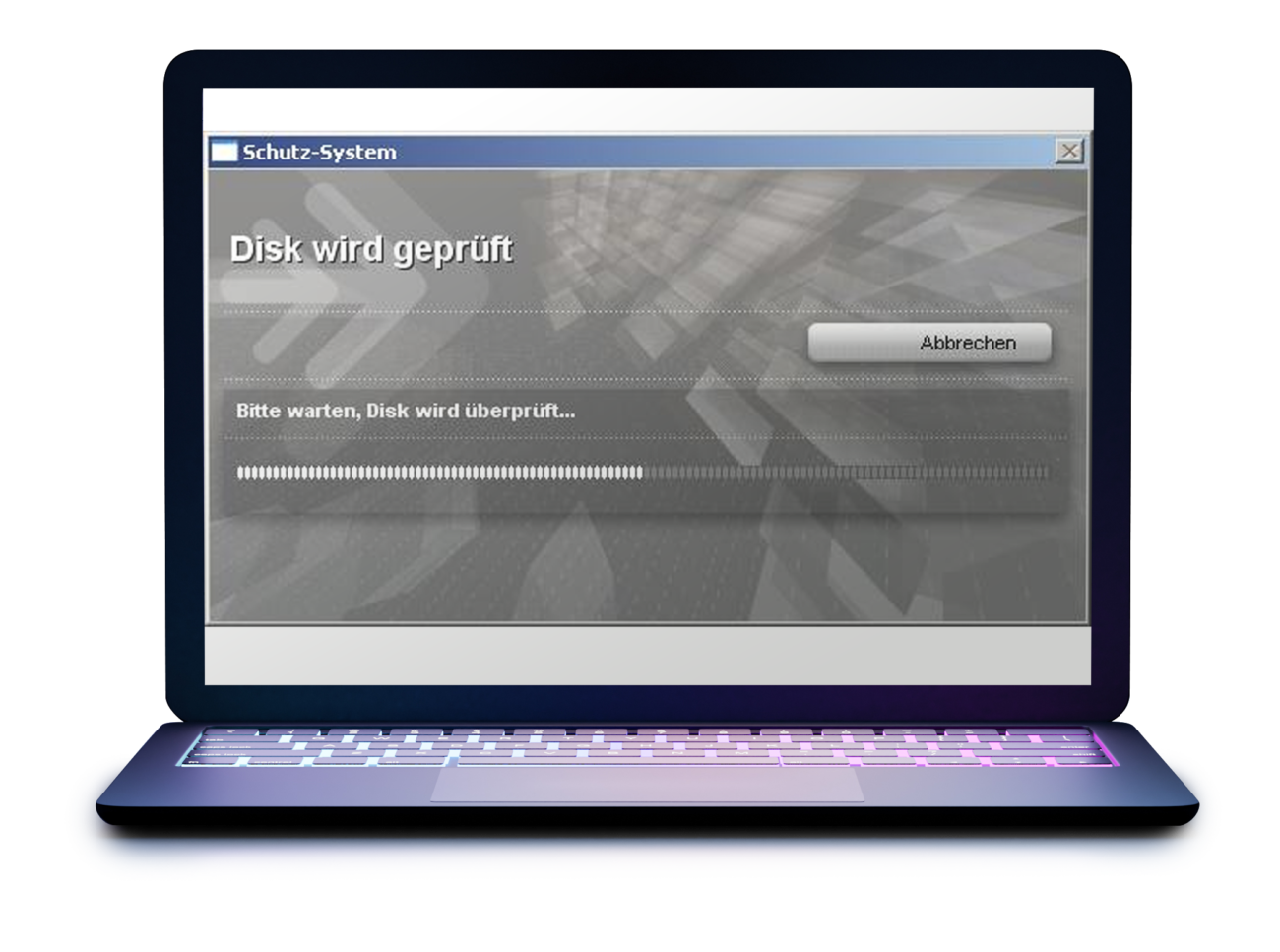Starforce: A disrespectful copy protection
Treasure trove
This article is from 2005 from the private blog of straightvisions founder Matthias Bathke. In the meantime, the former blog no longer exists. However, since this article still functions as a source on some websites, we continue to make it available here.

Freshly unpacked and full of anticipation, I put the game CD of the adventure game Still Life, legally purchased for just under 40 Euros, into the CD-ROM drive. I start the setup.exe, and select installation type and path, don’t forget to accept the EULA.
But during the installation a read error: CRC check: Component transfer error. The start of a tiresome search for the cause…. the first steps:
- CD-Rom possibly already scratched or dirty?
- Tried another drive (with possibly better error correction when reading)?
- After that: Clicked Repeat several times.
- Then simply click on Ignore and continue with the setup.
At some point and 5 read errors later, the setup was completed. The first start of the game: a mysterious repeated request to accept something that contains no name, no content, no hint except the subsequent request to please restart the computer.
Commanded – done. Finally start the game, hopefully it works despite the read errors. Deceptive luck: No error message at startup, first short intro appears, then: blackness and crackling sound. Nothing to do.
Upon closer inspection of the CD, I can see slight nicks or furrows on the edge. A production error? Quickly go to Saturn, exchange data carrier with receipt. After all, the defect was reported by me directly the following day.
A test installation of the new disks on a test computer at Saturn did not reveal any problems. The old ones were not tested at all. So home with the new disks, install directly and again: CRC error. Then the discovery: If I want to minimize the installation in parallel, for example to surf the Internet, this already produces the first CRC error.
So start the installation again and move the mouse at most to confirm this process when changing the disk to CD 2.
And lo and behold: This time no error messages, everything works and after the installation the game can also be started.
Nevertheless, Starforce copy protection is already being branded a “virus” in insider circles and boycotted by many gamers and savvy potential buyers. According to some experience reports, Starforce is supposed to implant itself so deeply into the operating system structure that it even leads to driver conflicts. The manufacturer itself describes the product in a statement as a driver, which is only started when the product(game, program) is started and then also terminated.
However, such aggressive methods also entail considerable security problems: For example, it was possible to gain administrator rights in a Windows system by hacking in an early version of the copy protection, even if one was logged in via a restricted account. The fixed vulnerability was nevertheless not classified as critical by the manufacturer, since according to their statements, most users work with administrator rights anyway. Freely according to the motto: manufacturer protection before user protection.
Conclusion
It is a pity that the procedures of the software manufacturers deal with the technical possibilities in such a wasteful and thoughtless way. No game has been able to be protected from cracking for a long time despite restrictive copy protection. So why the competition and the collective damage caused to the customers?
In the end, customers are driven to cracking sites, to file-sharing networks, where tools or entire patched disk images are offered for free, which simply promise more compatibility and fewer bugs.
The original copy, which is reduced to just a few pages, does not offer any extras.
Only problems, no goodies, no advantage, no customer loyalty. Just a fabulously beautiful game, chained and advocated with black copyright runes.